
12 Best Lunch Spots In Napa
Best Lunch In Napa – Our 12 Favorite Spots! Lunch is a must when you’re out wine tasting! Whether you’re in the mood for a

When it comes to Champagne and sparkling wine, the terms “Brut” and “Extra dry” are often used to describe the level of sweetness in the wine. But what do these terms actually mean? So let’s see how Brut vs Extra Dry differ?
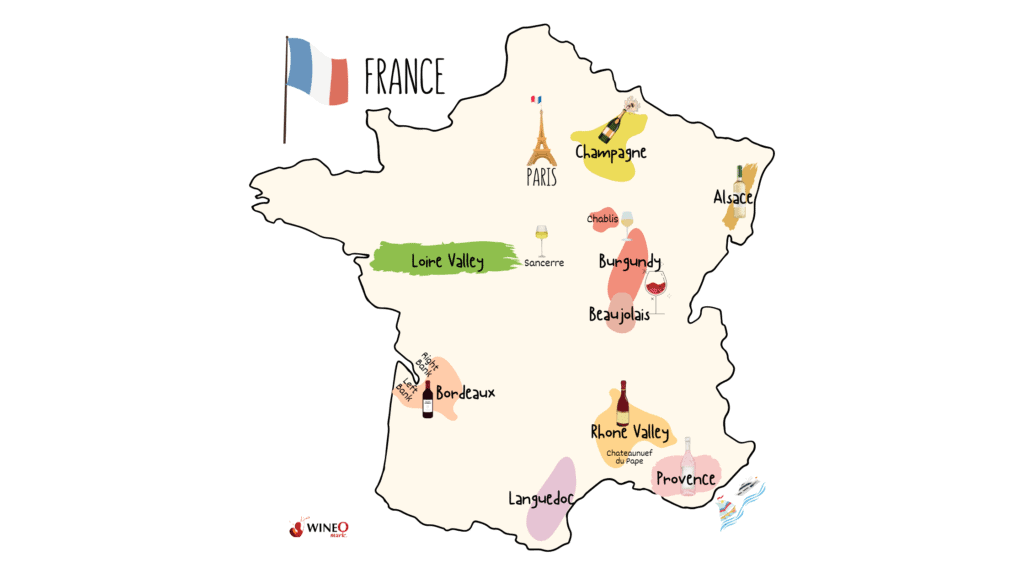
Champagne is made in the Champagne region using a special process called the Methode Champenoise (aka Traditional Method or Champagne Method), which involves fermenting the wine in two stages.
While the first stage of fermentation takes place in barrels, the second stage takes place in the Champagne bottles. And this process gives champagne its characteristic fine bubbles. Also by aging on the lees, it gives the toasty and nutty aromas of a classic Champagne.
Another part of their winemaking procedure, Champagne winemakers include a modest amount of grape must or sugar in what is called “liqueur d’expedition” to lessen the sharp flavors within the wine. And this procedure decides the different level of sweetness of that Champagne.
In any case, Brut and Extra dry are two of the most common and popular types of Champagne/sparking wine. Here’s what you need to know about each one (Brut vs Extra Dry):
Brut means “raw” or dry in French, and it’s the driest style of Champagne and sparkling wine. And according to French wine regulations, Brut Champagne must contain no more than 12 grams of residual sugar per liter.
Therefore, Brut Champagne and sparkling wine are often described as “bone-dry” or “crisp,” with little to no perceptible sweetness. And they are typically the most popular style sparkling wines, as they pair well with a wide range of foods and can be enjoyed on their own.
Despite its name, Extra Dry Champagne/sparkling wine are actually slightly sweeter than brut. And according to French wine regulations, Extra Dry Champagne can contain between 12 and 17 grams of residual sugar per liter.
Thus, Extra Dry Champagne/sparkling wines are often described as having a “hint of sweetness” or “off-dry” character. Because they are still relatively dry, but have a bit more fruitiness and roundness on the palate compared to a Brut Champagne.


There’s no right or wrong answer when it comes to which style of Champagne and sparkling wine is better. And it really depends on personal preference and what you’re pairing the wine with.
When it comes to pairing with food, Brut wine is often the better choice as it can complement a wide range of flavors and dishes. While Extra Dry can work well with slightly spicier dishes due to its slight sweetness.

Best Lunch In Napa – Our 12 Favorite Spots! Lunch is a must when you’re out wine tasting! Whether you’re in the mood for a
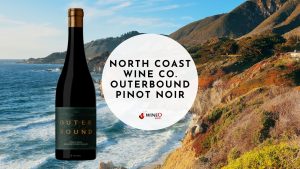
North Coast Wine Co. Outerbound Pinot Noir – WineO Mark Review Wine Stats Grape Variety: 100% Pinot Noir Vintage: 2019 ABV: 14% Wine Region: North Coast,
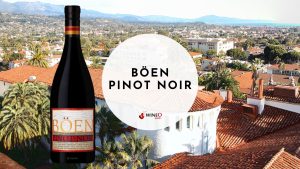
Böen Pinot Noir – WineO Mark Review Wine Stats Grape Variety: 100% Pinot Noir Vintage: 2021 ABV: 14.6% Wine Region: California Flavor Profile: Cherry, raspberry, blackberry,

Merry Edwards Sauvignon Blanc – WineO Mark Review Wine Stats Grape Variety: 100% Sauvignon Blanc Vintage: 2022 ABV: 14% Wine Region: Russian River Valley, California

The Hess Collection Allomi Chardonnay – WineO Mark Review Wine Stats Grape Variety: 100% Chardonnay Vintage: 2019 ABV: 14.3% Wine Region: Napa Valley, California Flavor Profile:
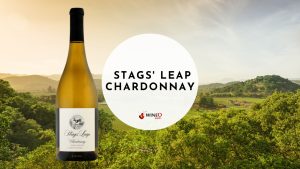
Stags’ Leap Chardonnay – WineO Mark Review Wine Stats Grape Variety: 100% Chardonnay Vintage: 2022 ABV: 14.1% Wine Region: Napa Valley, California Flavor Profile: Oak, vanilla,
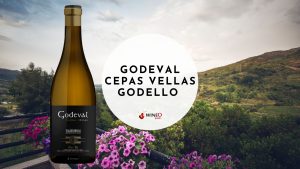
Godeval Cepas Vellas Godello – WineO Mark Review Wine Stats Grape Variety: 100% Godello Vintage: 2021 ABV: 13% Wine Region: Valdeorras, Spain Flavor Profile: Peach,
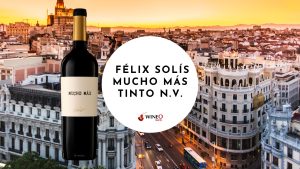
Félix Solís Mucho Más Tinto N.V. – WineO Mark Review Wine Stats Grape Variety: Tempranillo, Syrah Vintage: Non-Vintage ABV: 14% Wine Region: Spain Flavor Profile: Vanilla,
